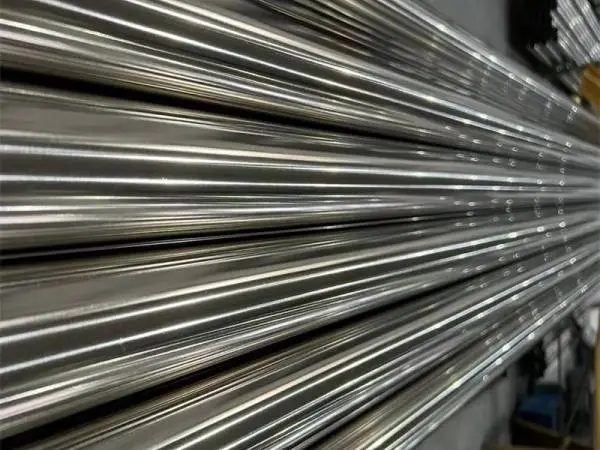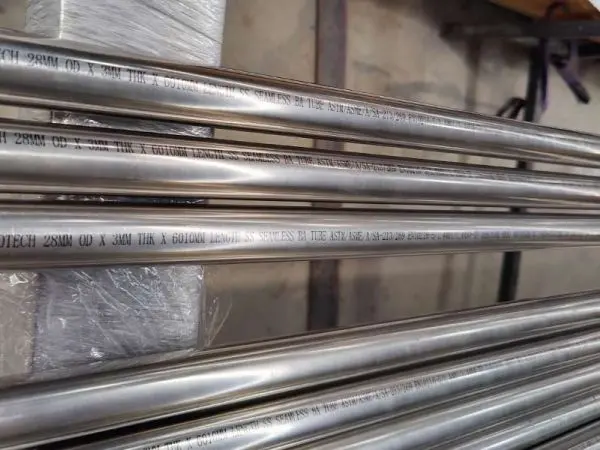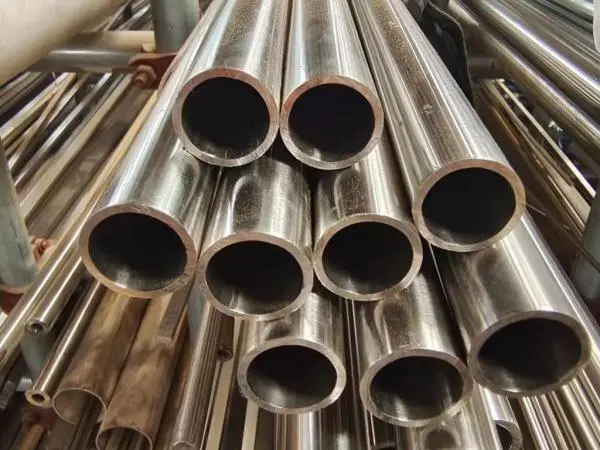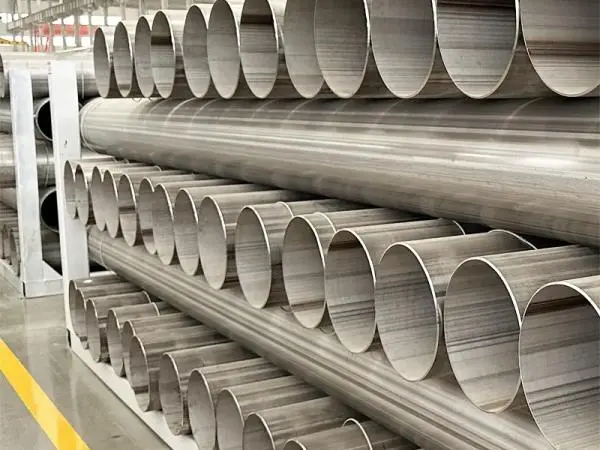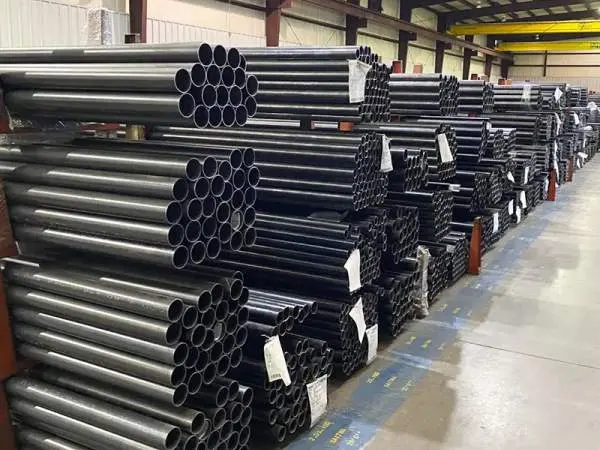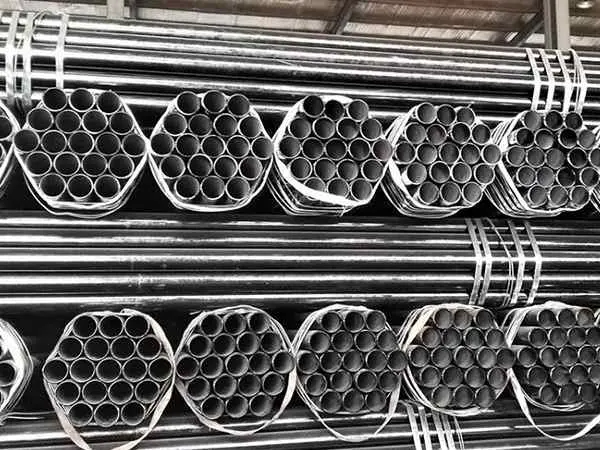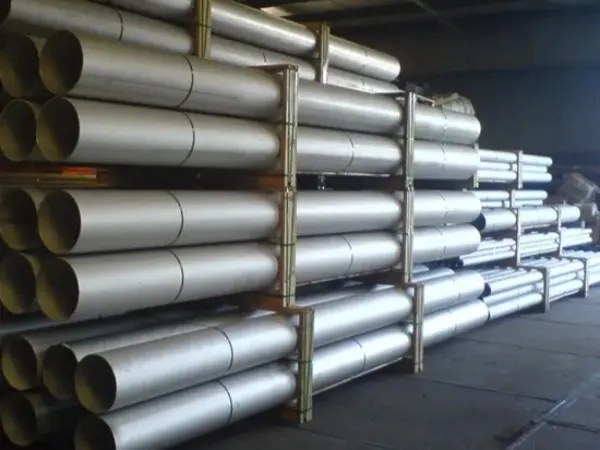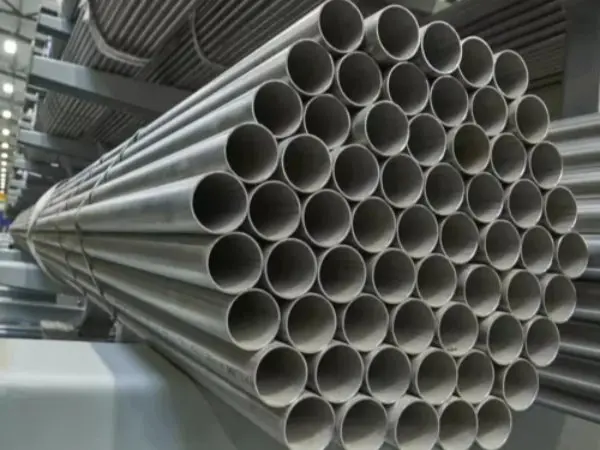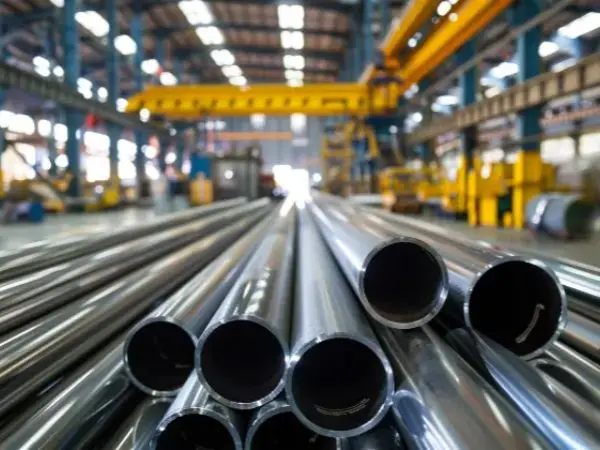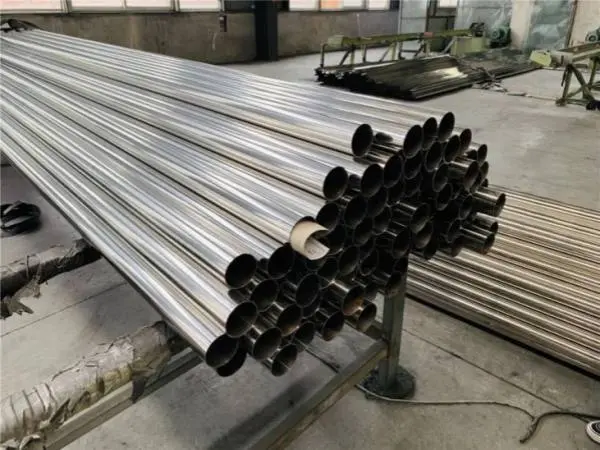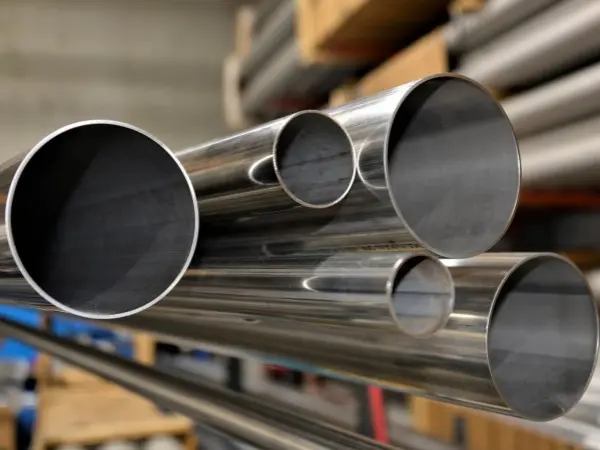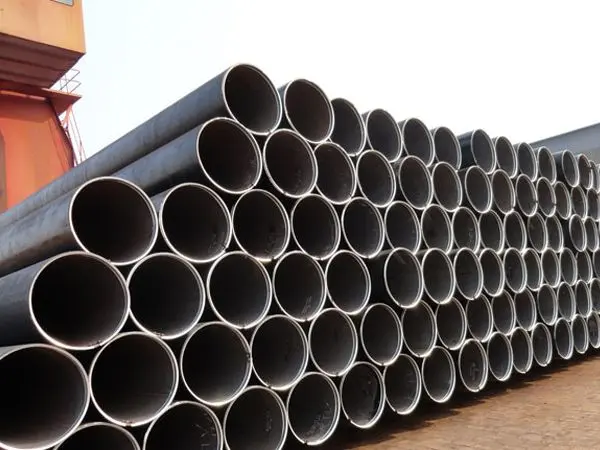-
2025-03-26Product News
Characteristics and applications of stainless steel pipe 101.5
A stainless steel pipe is a durable and versatile piping solution made from stainless steel, known for its corrosion resistance, high-temperature tolerance, and pressure resistance. These properties make it widely applicable across industries such as construction, chemical processing, medical, and food industries. Among various models, stainless steel pipe 101.5 is a commonly used specification with the following key features.
-
2025-03-26Product News
What is the hardness of stainless steel precision tube?
The hardness of stainless steel precision tubes typically falls between 150 and 220 HB (Brinell hardness). This range depends on factors such as alloy composition, heat treatment process, and cold working degree. These values are established based on industry standards and extensive testing to ensure quality and suitability for various applications.
-
2025-03-25Product News
How to evaluate the cost performance of stainless steel seamless pipes?
When assessing the cost-effectiveness of stainless steel seamless pipes, it's crucial to consider multiple factors beyond just price. A well-rounded evaluation should take into account material selection, performance, production processes, and long-term value. Below, we summarize key evaluation methods and considerations to help make informed purchasing decisions.
-
2025-03-25Product News
Advantages and disadvantages of stainless steel seamless pipes
Stainless steel seamless pipes (SS seamless pipes) are primarily made from austenitic stainless steels such as 304 and 316, martensitic stainless steels like 410, and duplex stainless steels such as 2205. With outstanding corrosion resistance and mechanical properties, these pipes are widely utilized in industries including chemical processing, petroleum, pharmaceuticals, and food production.
-
2025-03-24Product News
The scrapping standard for boiler tubes
A boiler tube is a steel material with an open-ended, hollow section, significantly longer in length compared to its diameter. Based on manufacturing methods, boiler tubes are classified into seamless steel pipes and welded steel pipes. As a critical component of industrial boilers, their safety and lifespan directly impact boiler performance.
This article explores the scrapping standards for boiler tubes, key factors influencing their lifespan, and best practices for maintenance.
-
2025-03-24Product News
What are the uses of erw boiler tubes?
Electric Resistance Welded (ERW) Boiler Tubes are steel tubes manufactured using resistance welding technology. These tubes are primarily used for transporting water, steam, and other media in high-temperature and high-pressure environments. Their key advantage lies in the efficient welding process, where electric current generates heat to fuse the steel strip edges, resulting in a cost-effective and high-output production method.
-
2025-03-21Product News
3 quality requirements of 304 stainless steel pipe weld seam
The quality of welded stainless steel pipe seams plays a crucial role in determining overall product quality. According to stainless steel pipe manufacturing standards, there are three key aspects to ensuring high-quality weld seams.
-
2025-03-21Product News
How to solve the problem of stainless steel pipe welding seams?
When stainless steel pipe welding seams have issues, they can reduce the bearing capacity of the pipe, lower its lifting capacity, shorten its service life, and even cause brittle fractures. Today, I will provide a summary of how to address problems when the size of stainless steel welding seams deviates from standards.
-
2025-03-20Product News
Four key points for choosing precision bright seamless steel pipe
Precision bright seamless steel pipes are widely known for their high precision, smooth surface finish, and superior strength. Selecting the right steel pipe requires careful consideration of several key factors to ensure optimal performance and durability in your application.
-
2025-03-20Product News
Performance and application of 310S stainless steel pipe
310S stainless steel pipe is a high-performance austenitic stainless steel known for its high chromium and nickel content, along with a low carbon composition. This combination gives it excellent heat resistance, corrosion resistance, and oxidation resistance, making it widely used in various industries. This article will briefly introduce performance and application of 310S stainless steel pipe.
-
2025-03-19Product News
Application of 304 stainless steel pipes in decoration
304 stainless steel pipes have become a staple in modern architectural and interior decoration due to their corrosion resistance, strength, and aesthetic appeal. They are not only used for structural purposes but also widely incorporated into decorative designs. Whether in residential spaces, commercial buildings, or high-end public areas, these pipes enhance the modernity and texture of the surroundings.
-
2025-03-19Product News
DIN 2391 seamless precision steel tube
DIN 2391 Part 2 defines the dimensions of cold-finished seamless precision steel tubes and is used alongside DIN 2391 Part 1, which outlines the technical delivery conditions. The preferred sizes specified in the standard are primarily utilized in mechanical and automotive engineering applications.
